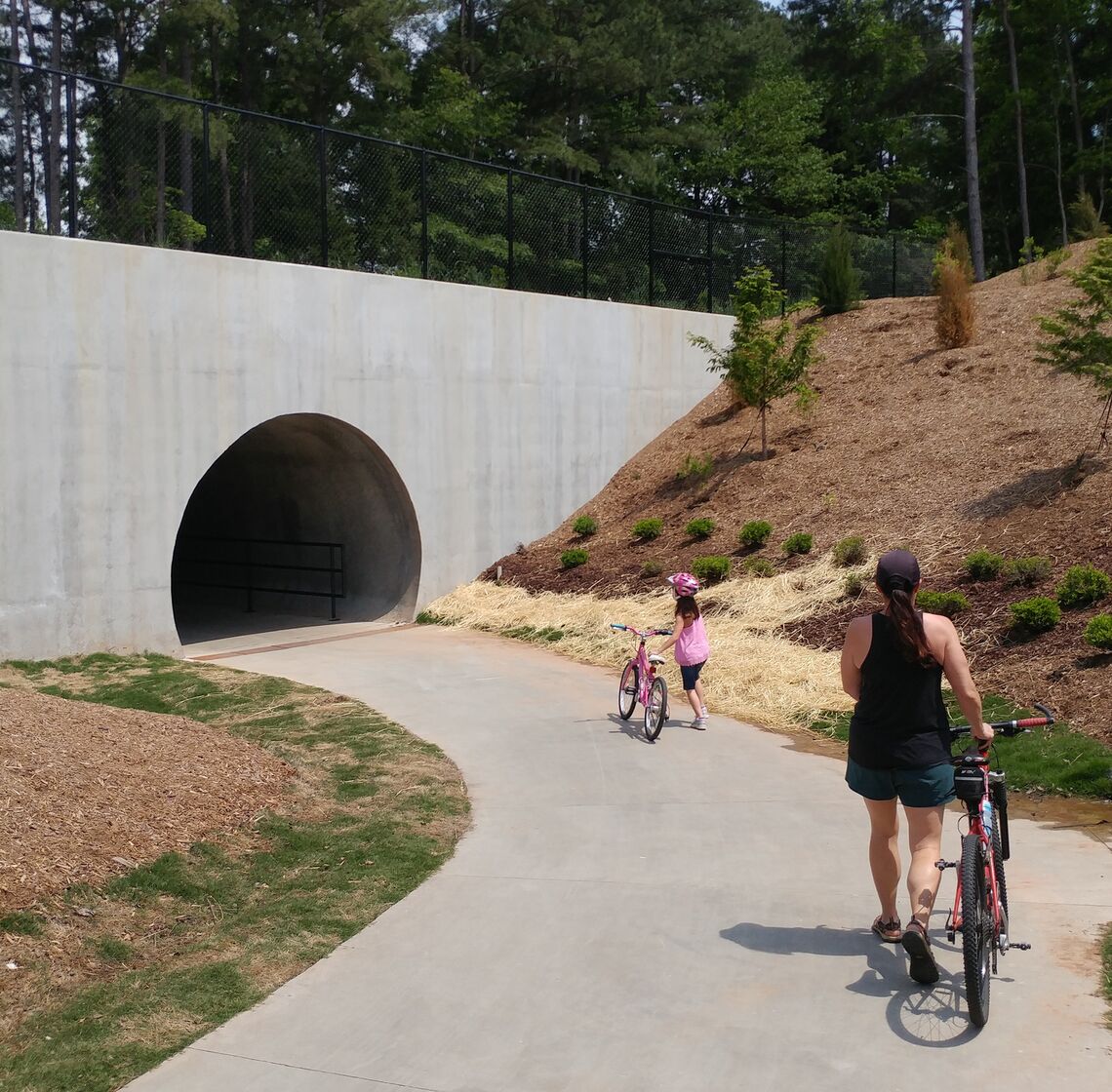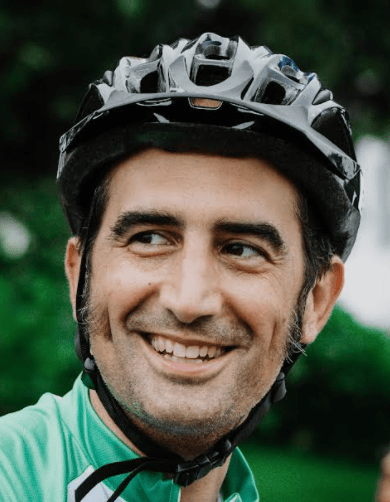As we emerge from one of the toughest periods in our nation’s history, we have two potential paths forward. We could let inertia carry us back to the old normal and the same problems that plagued us before the pandemic or we can chart a new path full of hope and vision for a better tomorrow.
The pair of infrastructure bills currently being discussed in Washington will determine much of our transportation system for the next decade. It’s up to us in the next few days and weeks to ensure that more than a tiny portion goes to greenways, sidewalks, and bike lanes. If we don’t stand up to give people safe networks to live a low-carbon, high-quality life, then we can be assured that the highway lobby will be ready to spend our tax dollars.
As Secretary of Transportation Pete Buttigieg notes, we have a “a once-in-a-generation opportunity” to transform our nation’s infrastructure. I’m happy to see leaders discussing strong increases in transit funding and electric vehicle infrastructure. But in most of the conversations, a critical element of transformation is missing: biking and walking infrastructure through Greenway Stimulus.
Over the past 18 months, Americans have found have havens of health and sanctuaries of sanity in the form of linear parks that also serve as equitable multi-modal commuting corridors. Bike sales grew over 50 percent in 2020, according to the NPD marketing research firm — a boom that we can sustain and grow further if we improve bike infrastructure.
We have the opportunity to give everyone the joy of daily biking and walking by completing safe networks in communities from sea to shining sea. Deploying Greenway Stimulus would create more jobs than highway build-outs, lower carbon emissions, and foster a record amount of equitable and accessible public space.
A relatively small investment of $10 billion would transform the safety of biking and walking throughout the country, turning isolated routes available to some into connected corridors that build community and health for all. More than 200 organizations from across the country are calling for Greenway Stimulus, from local Girl Scout troops to national nonprofits like America Walks and American Trails.
Now, it’s up to all of us — you included — to stand up strong enough that our message is not only heard, but acted upon. We have created an action portal where you can contact your federal representatives and add your voice today.
At the East Coast Greenway Alliance, we have seen the benefits of hope and vision. Over the last 30 years, our vision of a linear park that stretches from Maine to Florida has been transformed into over 1,000 miles of greenways. Taken together, these greenways are the most visited park in America, which attracted millions of visitors who took 50 million bike rides, runs, and walks last year.
And we’ve just scratched the surface of our potential. With significant investment, the quarter of our country’s population who live in our corridor will get the safe access they deserve to nature, their schools, their workplaces, and more.
But will federal leaders actually make this needed investment? Only if enough of us call on them to do so.
When we’ve met with leaders in the Senate and House over the past year, we get a lot of nodding and supportive words. That feels good in the moment, but the needs of people who deserve a safe route to bike and walk are not being acted upon enough in Washington.
Over the next few days, our transportation future will be determined. Now is our defining moment to stand up as a movement that has seen enough death and injury from a transportation system focused more on the speed of cars and trucks than on our climate and the safety of the most vulnerable.
We really can build back better as long as Greenway Stimulus is part of the infrastructure bill. A generation would be a long time to wait for another opportunity like this. The climate — and our physical and mental health — don’t have that long.
Dennis Markatos-Soriano is executive director of the East Coast Greenway Alliance, a growing nonprofit spearheading the development of the 3,000-mile East Coast Greenway from Maine to Florida, where he has worked toward a healthy, equitable, and sustainable future since 2009. He received his undergraduate degree in Economics & International Studies at the University of North Carolina-Chapel Hill and his Master’s in Public Affairs at Princeton’s School of Public and International Affairs.







